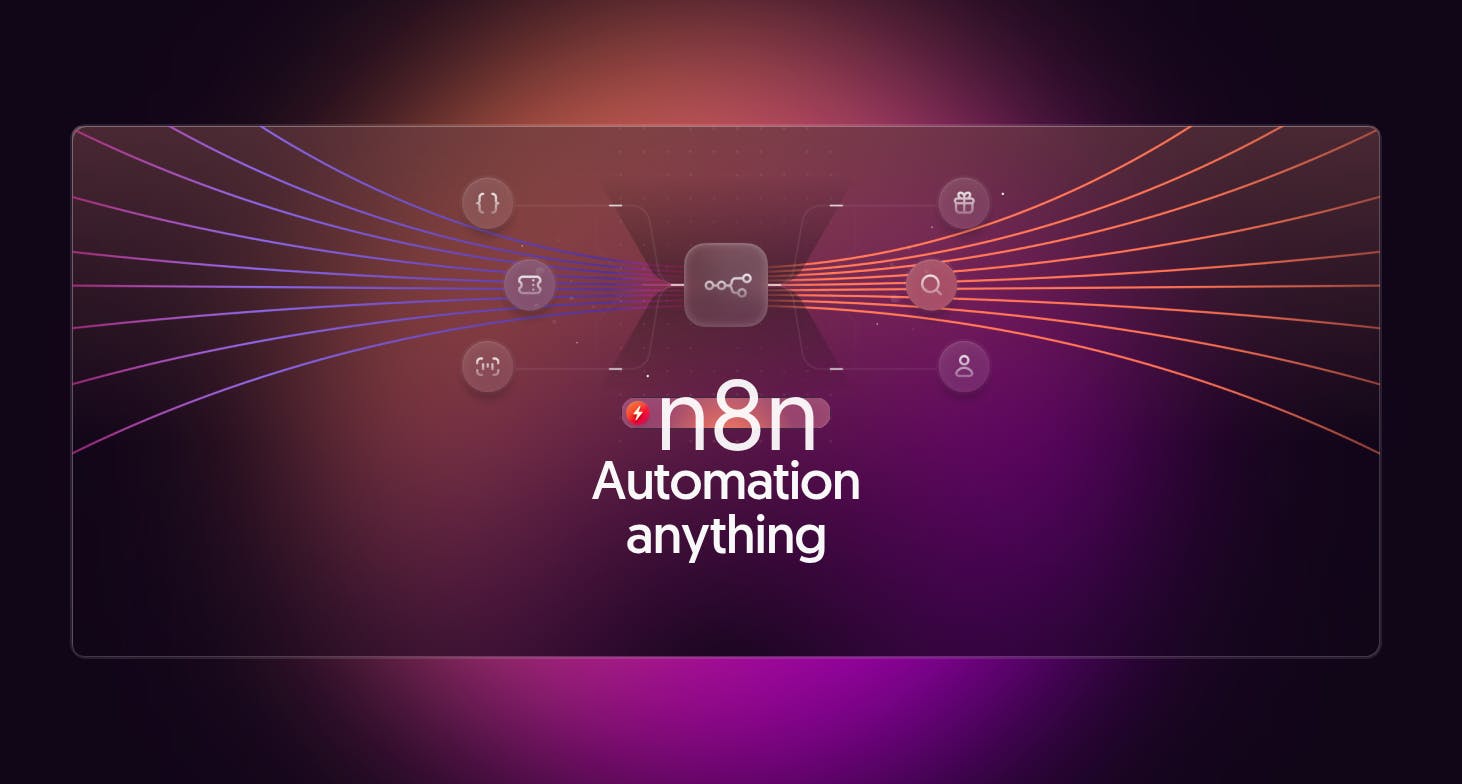The concept of a meta blockchain, a universal coordinator that merges data from multiple chains into a single, efficient system, isn’t a new one. If blockchains are permissionless and publicly auditable, why can’t we have one ultimate ledger?
Recently, the idea came to the surface once more when Solana co-founder Anatoly Yakovenko shared a compelling vision with his 576K X followers. In the big-brain builder’s tweet, he wrote: “There should be a meta blockchain. Post data anywhere, Ethereum, Celestia, Solana, and use a specific rule to merge data from all the chains into a single ordering.”
Racking up over 84,000 views and almost 500 likes within three days, Yakovenko’s proposal was clearly a popular one. Indeed, some projects popped up in the replies purporting to have already built this mythical meta blockchain.
Yakovenko’s vision centers on a meta blockchain that optimizes data availability (DA) by allowing transactions to reference the latest block headers from various DA layers like Ethereum, Celestia, and Solana.
He elaborated,
“Simple way to do this would be for the tx to reference the latest block headers from the potential DA layers. So MetaTX posted to Solana would include the last observed block from eth and celestia. This would mean it is guaranteed to be ordered after eth and celestia txs.”
In theory, a meta blockchain could have a transformative effect on the way blockchains interact, enabling developers to store data on the most cost-effective chain at any given time – for instance, using Solana for speed, Ethereum for security, or Celestia for data efficiency. It could signal the death knell for existing interoperability solutions like cross-chain bridges, ushering in a brave new era for Web3.
Naturally, not everyone endorsed Yakovenko’s vision. Celestia dev Nick White, for example, said DA multipliers were “not that useful since then your rollup requires running a node of each of the DA layers,” adding that “your fork choice rule becomes really complex, which just explodes the overhead and complexity for very little gain.”
Beyond Blockchain
A little later in the replies, a contributor to ‘Universal Settlement Layer’ Dymension said the Solana co-founder’s concept was similar to what he was helping to create: “Being able to post on any chain with the fork-choice on dym L1, working on the Solana integrations right now.”
Weeks before Yakovenko’s post, Dymension completed its latest upgrade, Beyond, effectively turning it into a bonafide meta blockchain. Among other things, Beyond allows developers to deploy rollups on any Layer-1, using the L1 as a data layer, while Dymension secures the rollup bridge, facilitating deposits, withdrawals, and dispute resolution with blockchain-level custody and minimal trust assumptions.
The nifty thing about Dymension is that rollups can inherit the data security of their base chains, while Dymension acts as a meta layer to manage cross-chain interactions. In a recent interview, the platform’s co-founder Yishay Harel explained, “By decoupling settlement from execution, we’re enabling developers to choose the best L1 for their use case without compromising on speed or security.”
Dymension’s evolution from a rollup platform within its own ecosystem to a universal settlement layer marks a significant step toward fulfilling the meta blockchain vision. But it wasn’t the only project touted in Yakovenko’s mentions. “You can use @twinexyz’s forced include method from any settlement layers which is then deterministically ordered along with the txns to the sequencer to form a block,” proposed one user, Rachin Kalakheti.
A multi-settlement network that enables aggregation of chains, Twine – whose tagline is ‘deploy once, run everywhere’ – is currently inviting developers to build on its Devnet to transform the way applications are built and felt onchain.
Toward a More Connected Web3
The idea of a meta blockchain is undeniably appealing, portending a future where networks work together seamlessly, prioritizing efficiency and accessibility for all.
It’s a vision that not only addresses the industry’s long-standing scalability challenges but fosters innovation by empowering devs to leverage strengths in numbers rather than being locked into a single consensus or ecosystem. Over time, such advancements will be vital in building a truly interconnected digital economy.
Don’t forget to like and share the story!










